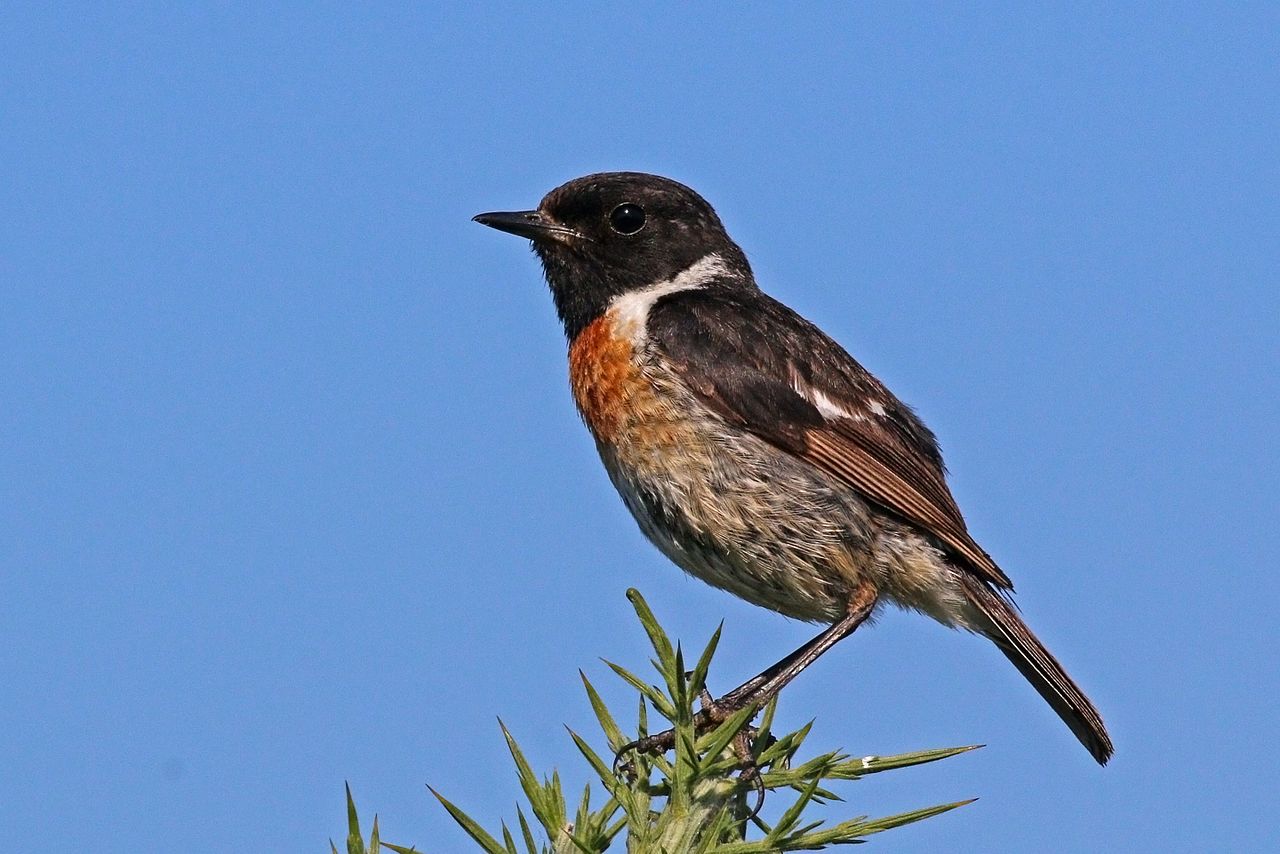
Variation in environmental conditions across habitats has led to variation in life histories between species. To successfully reproduce and survive, an animal’s physiology, morphology and behaviour needs to be tuned to the environmental conditions of their habitat.
For example, environmental variation along a latitudinal gradient has led to consistent differences in vertebrate life histories. In most vertebrates tropical species lead a slower pace of life than temperate vertebrates. This is especially well studied in birds where it has been shown that tropical birds usually lay smaller clutches of eggs, but live longer than temperate species.
In temperate birds, the beginnings of each breeding season are challenging times for males. Upon arrival to their breeding grounds, they have to establish and defend a territory against other males. Once they have found a female that is willing to mate with them, she also has to be guarded against other males; especially during her fertile times just before egg-laying.
Territorial defence behaviour and mate-guarding is facilitated by the sex steroid hormone testosterone in many vertebrates. Accordingly, blood samples from breeding males often reveal elevated testosterone levels at the beginning of the breeding season.
In contrast, tropical birds are often resident and form life-long pair bonds with their mates. Is the breeding season for tropical males less challenging? Studies on testosterone levels of tropical birds have provided mixed results: while most tropical birds that have been tested so far have lower testosterone levels than usually measured in temperate ones, a number of tropical birds have now been found to have as high testosterone levels as their temperate counterparts. Do tropical species with high testosterone levels also have high levels of aggressive behaviour and song at the beginning of the breeding season?

Due to their extensive breeding range from Siberia to Southern Africa, common stonechats (Saxicola spp) are an excellent study system to determine whether testosterone, aggressive behaviour and song vary similarly during the breeding season at tropical and temperate latitudes. Tropical stonechats lay smaller clutches of eggs, have a longer lifespan and lower metabolic rates than their temperate conspecifics. They are residents and pair with their mates for life. Intriguingly, a previous study found testosterone levels in Kenyan stonechats were as high as in German stonechats at the beginning of the breeding season.
Does this hold true for other tropical stonechat populations? Are tropical male stonechats as aggressive and sing as much as temperate males? To find this out we sampled multiple populations in tropical East Africa and temperate West and Central Europe.
Our quest took us to Masai villages, to the rim of the Ngorongoro Crater, the steep hills of the Usambara and Pare mountains, to the grasslands of Kinangop, the gentle hills of the Ngong Hills and Ol Kalou and the slopes of Mount Meru and Mount Kenya in Tanzania and Kenya. In Europe it took us to grasslands and fields full of poppy below the impressive range of the Sierra Nevada and the medieval town of Ávila where we caught stonechats in the mountain ranges nearby. We went to the rugged, wild coast of the South of Ireland and to pastures in Germany.

To answer our questions we caught male stonechats with baited traps and took small blood samples from their wing veins. Later testosterone concentrations were quantified in the endocrinology laboratory of the Max Planck Institute for Ornithology, Germany. We tested their aggressive response by placing a stuffed male stonechat into the centre of their territories and playing back stonechat song. We analysed their song performance by recording males early in the morning when they sing most.

We found that tropical and temperate stonechats indeed have very similar testosterone levels during the breeding season. We also found no differences in aggressive behaviour. Both tropical and temperate male stonechats had the highest testosterone levels when they were caught and tested during nest-building – the period of highest female fertility. In contrast, temperate stonechats were singing much more than tropical ones at the beginning of the breeding season.
Thus, despite their very different life histories, their variation in migratory behaviour and stability of pair bonds, life seems to be equally challenging for tropical and temperate stonechats at the beginning of the breeding season. In one important point the tropical and temperate environments of stonechats do not differ: both allow only for a short breeding season. In consequence stonechats probably breed relatively synchronously at all latitudes, which may increase the risk of being cheated during the fertile period of females. Males may therefore profit from high testosterone levels during nest-building to aggressively guard their mates from other rival males.
In contrast, high song rates may be especially important for temperate males to attract a mate at the beginning of the breeding season and less so for tropical males that stay with their females year-round.
Taken together, our study suggests that short breeding seasons may be a major selective force for high peak testosterone levels during breeding regardless of latitude and pace of life, but that particular behaviors, in our case song, can be uncoupled from peak testosterone levels.
Comments